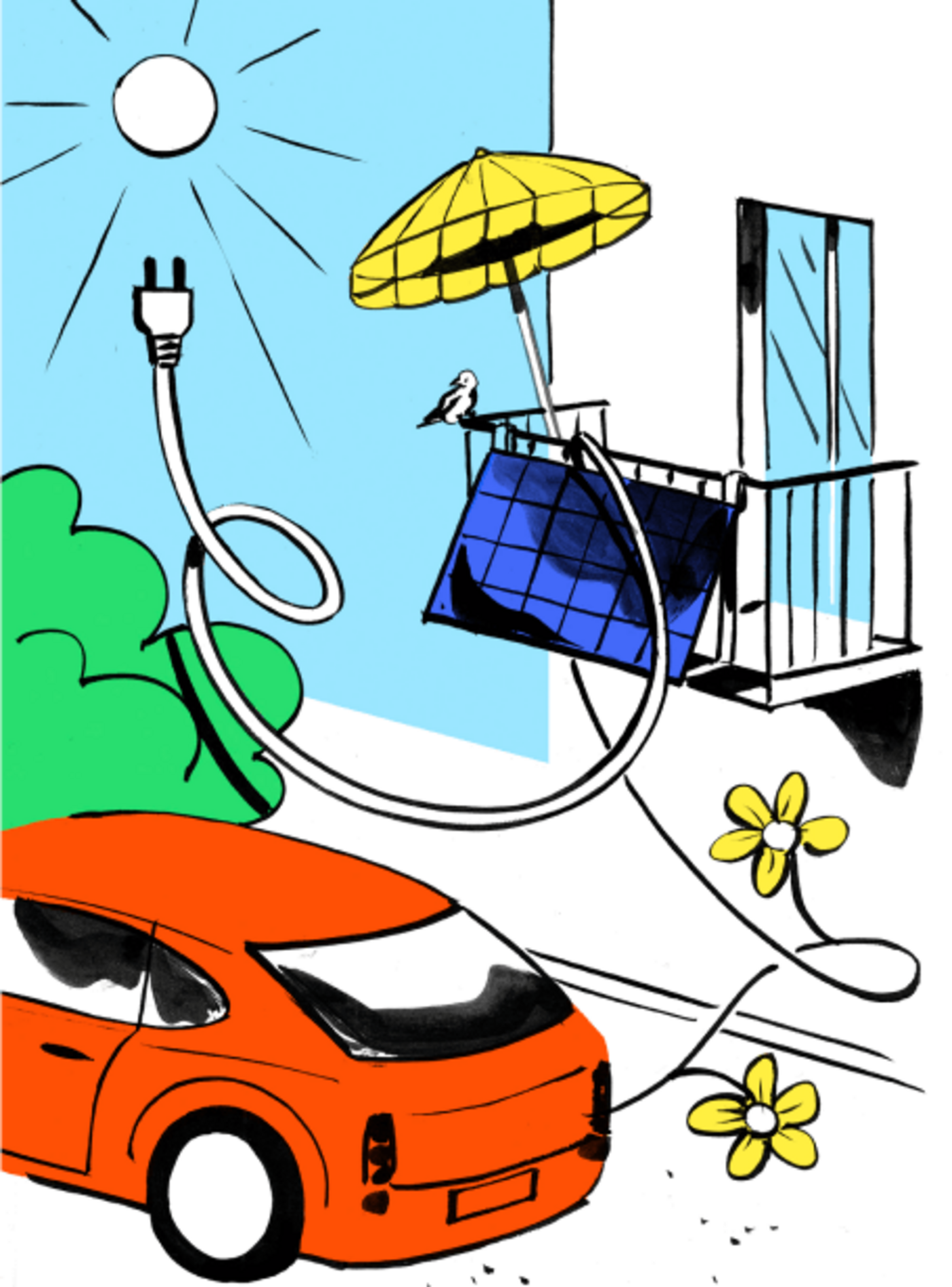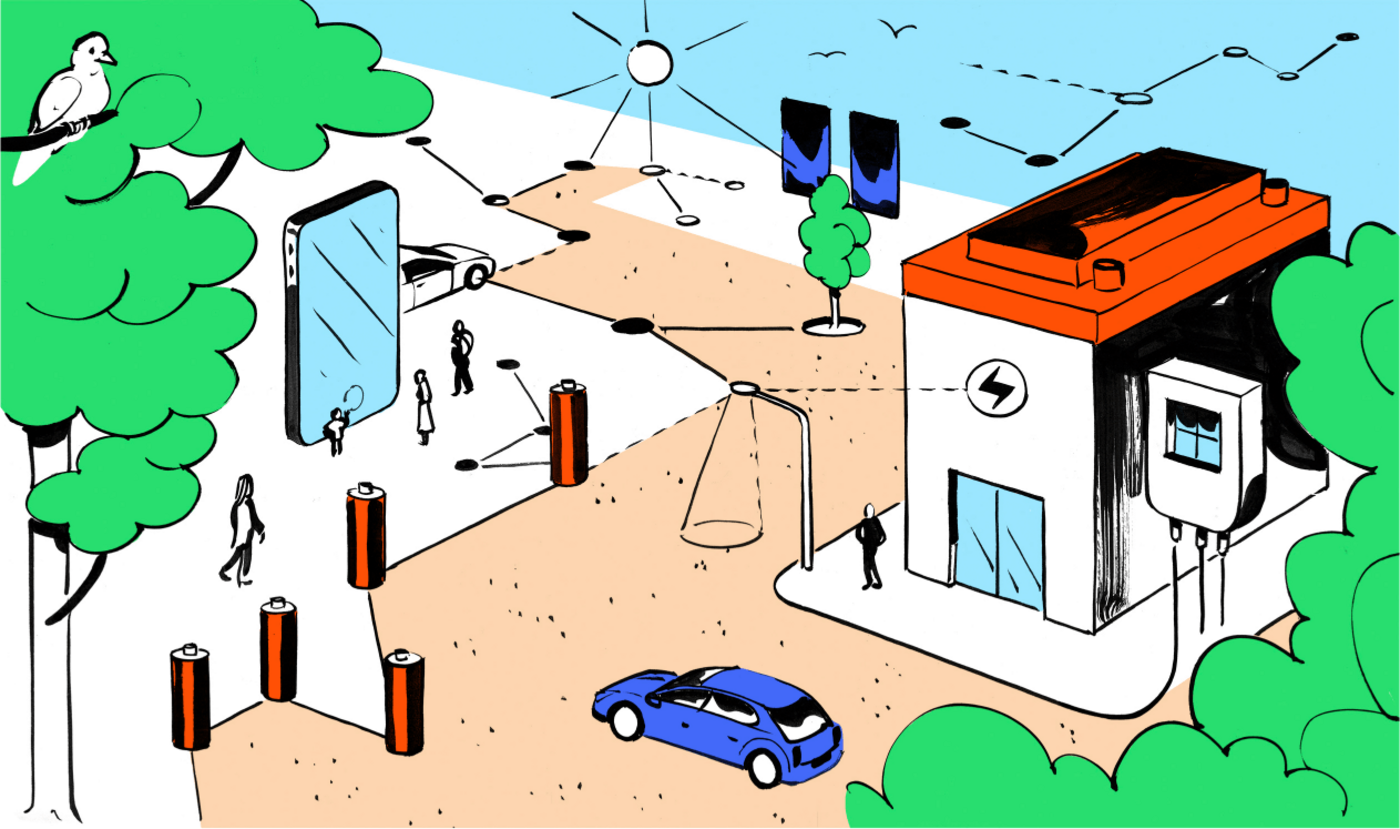LET’S CONSIDER ETHICAL SPACE TRAVEL
—— Manned spaceflight is entering an era of renaissance. Soon, humans could walk again on the Moon, bringing humans closer to the next goal: Mars. With that comes the tangible idea of permanent colonies in space. But let’s be honest: Are we ready to treat space more responsibly than Earth? A conversation about ethics, society and sustainability in space with astrophysicist Dr. Erika Nesvold.


